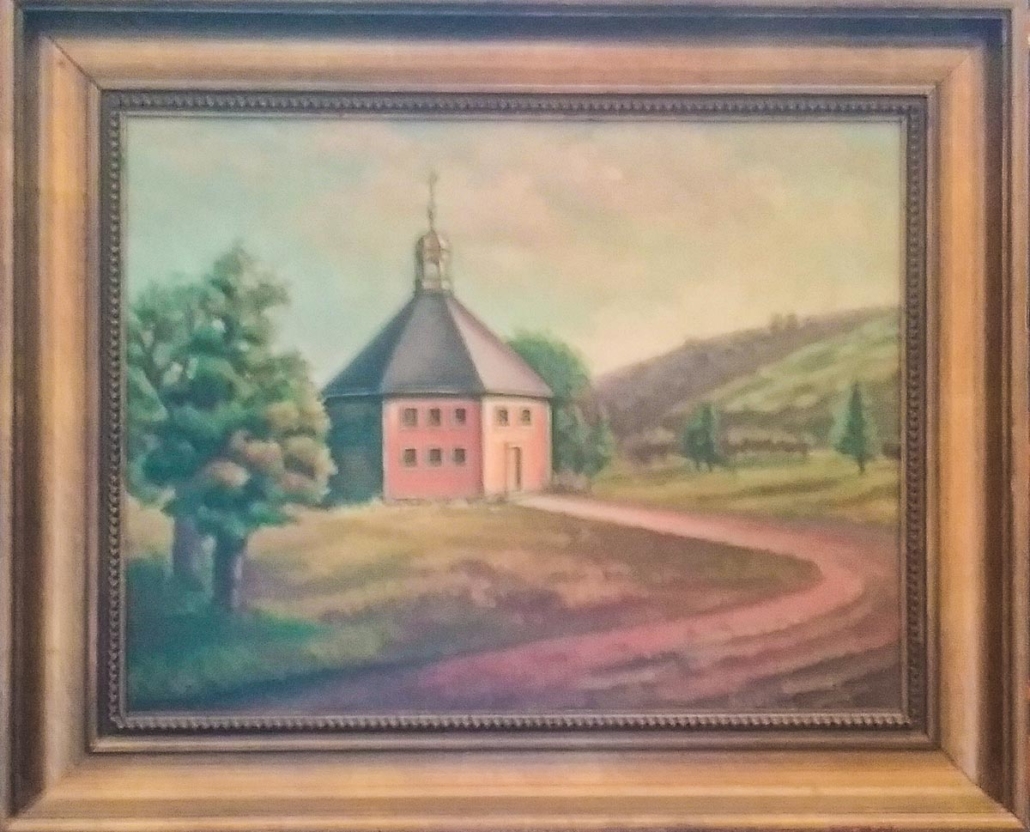The Octagon Church Site and Burying Ground Audio Tour by Anna Rutenbeck
Narrated by Anna Rutenbeck, Cooperstown Museum Studies Graduate Program, SUNY Oneonta, Class of 2021.
Did you know?
When a burying ground is connected to a church it can be called a graveyard, otherwise it’s called a cemetery!
Welcome to the former site of the Octagon Church and Octagon Church Burying Ground. It might be hard to believe, but from 1796 to 1834, this was the site of Little Falls’ main burying ground. You might be wondering why the burying ground was moved from here to its current location a bit farther north on Church Street. In the early 1830’s, Little Falls installed brand new wooden water pipes to serve the village. Village officials were worried that the human remains buried at the Octagon Church might pollute the groundwater. In addition to the hazards created by regular decomposition and body putrefaction, in the early 19th century, the process of embalming, or preserving, human remains was often done with arsenic—a preservative and deadly poison. Arsenic was used because it kills the bacteria that make decomposition smelly, allowing bodies to be transported long distances or stored for a period of time before burial. Join me in walking a little north on Church Street to see the new site of the municipal cemetery.

Octagon Church oil painting by Gwen Lee.
Explore related content
- Early Little Falls Buildings and Organizations by Jeffrey Gressler
Perhaps the finest view from any Little Falls public building was the view from the Octagon Church in the early 1800’s. Sitting above today’s intersection of Church, School and Prospect Streets, a panoramic view of the river and valley below and cliffs and hills beyond was possible from the Church and burial grounds alongside it.



